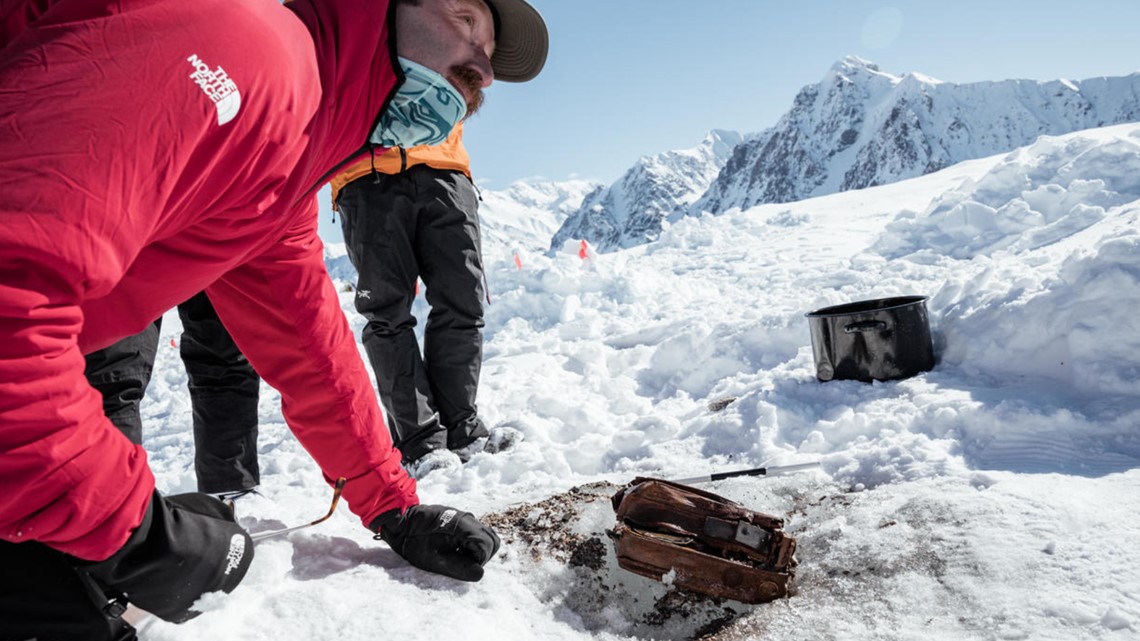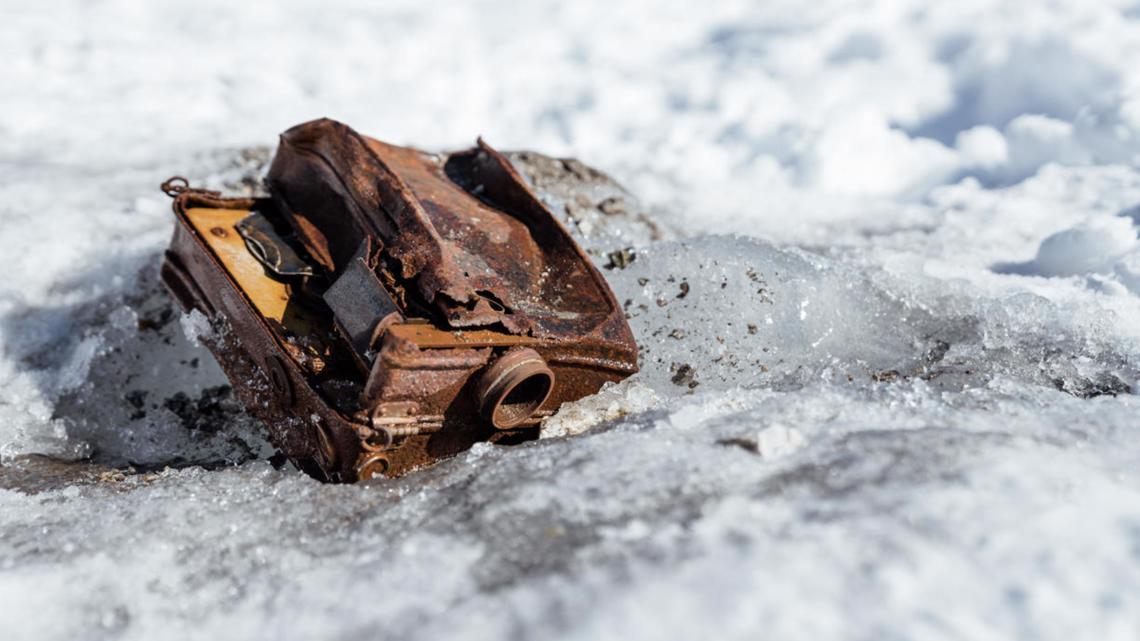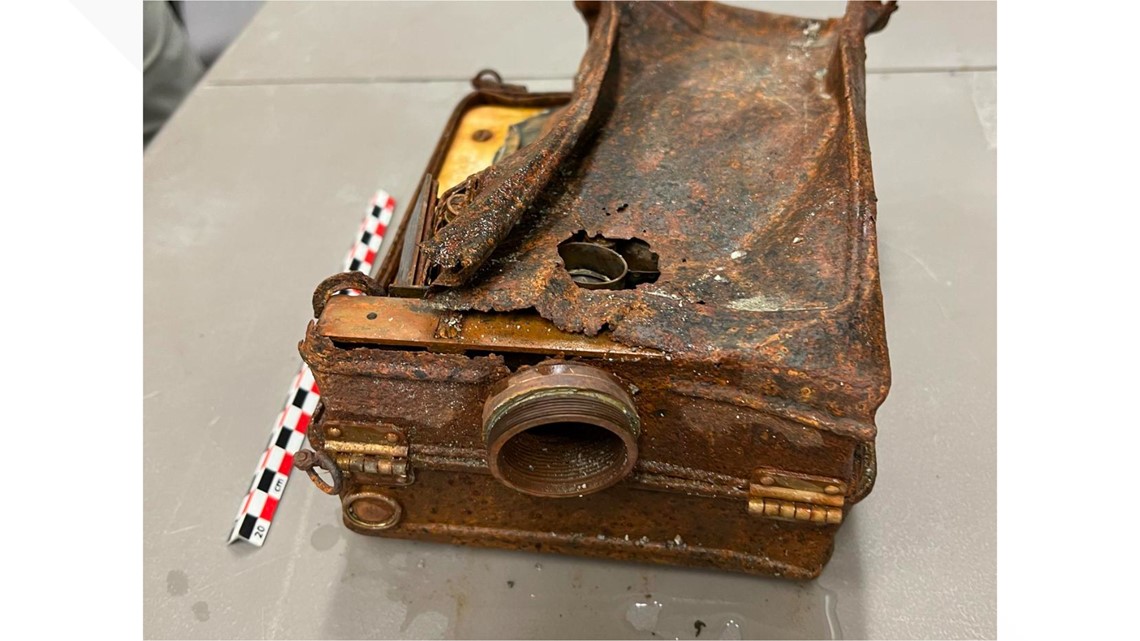YT, Canada — In 1937, legendary mountaineers Bradford Washburn and Robert Bates were exploring in Canada's frigid Yukon region when they had to abandon their gear in order quickly escape. Nearly 85 years later, the cache of gear they left behind has been found – including Washburn's camera.
Professional mountain explorer Griffin Post told CBS News he first heard about the abandoned cache in the book "Escape from Lucania." Author David Roberts writes about where Washburn and Bates may have left the cache of gear in the Kluane National Park and Reserve.
"But nobody really new for sure, and that doubt and that possibility that it was still there is what I went on," Post said.


Washburn is a mountaineer, explorer, surveyor, mapmaker and author who is also known for the photos he took of the dramatic landscapes he explored. He's visited many of the world's wild regions, including remote Alaska and Mount Everest.
Post said Washburn and Bates abandoned their gear because their pilot couldn't come back to pick them up, so they decided to summit the peak and hike out into Canada. They planned to come back the following winter, but never did.
On a quest to find the cache, Post led a team to the remote Walsh Glacier. Post and Teton Gravity Reseach — which produces skiing, snowboarding and surfing films — partnered with University of Ottawa Glaciologist Dora Medrzycka, who traveled with them, and mapped out the glacier to determine where the gear could have moved over time. Dr. Luke Copland and a team at University of Ottawa helped them remotely.


"It was such an emotional rollercoaster because you go in, you've done all this research, you're so excited, and then the first time you fly in you see how vast the terrain is and how much area you're supposed to cover and how many crevasses the cache could've fallen into years ago," Post said. "It's like 'I don't think there's any way we can find this.' It's so overwhelming."
However, Post said, searching for the cache ended up feeling fun.
"At times I felt like a little kid. You're jumping over a crevasse, like looking for treasure essentially. Like this is wild I get to do this," he said. "And if we don't find anything, well as far as adventure goes, we checked that box."
During a seven-day trip, the crew of seven people searched on foot, ski and snowboard, traveling about 60 miles each, Post said.
"We found it on the morning of the seventh day," he added. "It took every minute basically, and in the end, the helicopter was about to take off to come pick us back up, and that was when we found the cache."


The team found a portion of Washburn's aerial camera, which is believed to be his first-ever aerial photography camera, according to a press release from Teton Gravity Research. They were also able to retrieve two other cameras with film still loaded inside.
Archaeologists from Parks Canada, which oversees national parks in the country, returned to the glacier with the team a few weeks later and helped them carefully retrieve what they could, successfully extracting the camera from the ice, according to the press release.


Post said they will be "examined in the coming weeks and we're cautiously optimistic something will be salvageable."
The team estimated the camera had moved about 12 miles from where it started, Post said. Until this point, scientists only had data about glacier movement dating back to the 1960s, and analyzing the movement of the cache since 1937 can help them better understand how the velocity and thickness of a glacier may have changed.
RELATED: AP-NORC Poll: Americans want government to act on climate change, but know little about new law
Post said not only was it historically significant to find the cache, but "the science was almost cooler."
"Because we essentially backfilled three decades of data the science community didn't have as far as how glaciers moved," he added.

